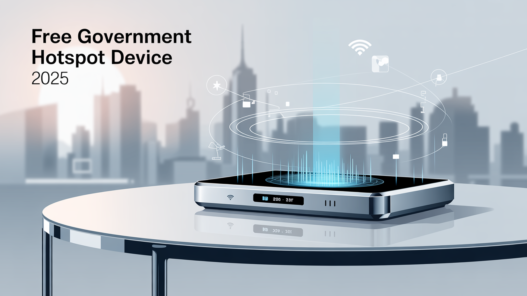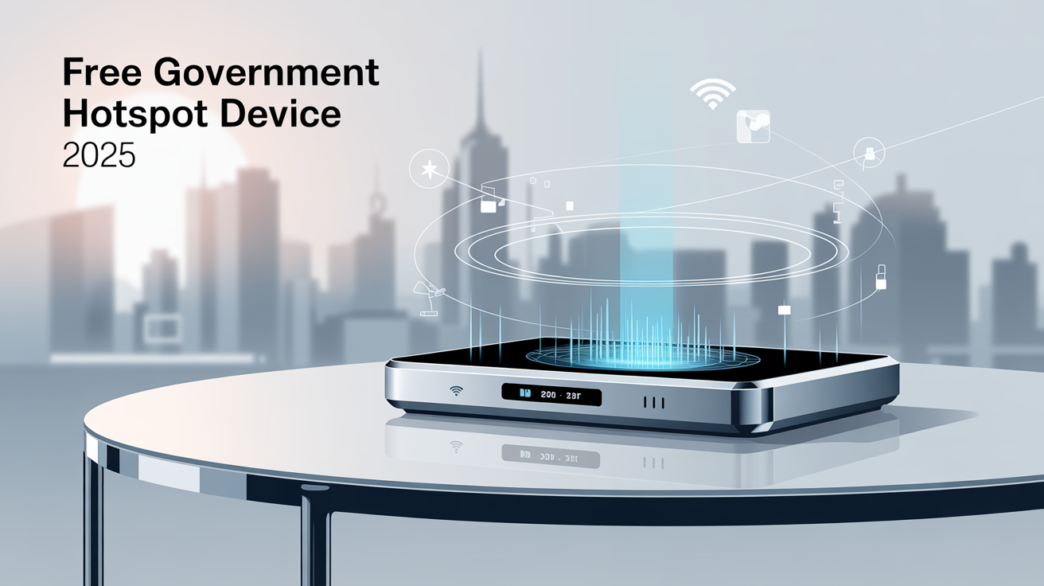Stay Connected : Unlock a Free Government Hotspot with Unlimited Data – No Cost, No Hassle!
Click here to find the latest Free Government Hotspot Device with Unlimited Data


Stay Connected : Unlock a Free Government Hotspot with Unlimited Data – No Cost, No Hassle!
Click here to find the latest Free Government Hotspot Device with Unlimited Data